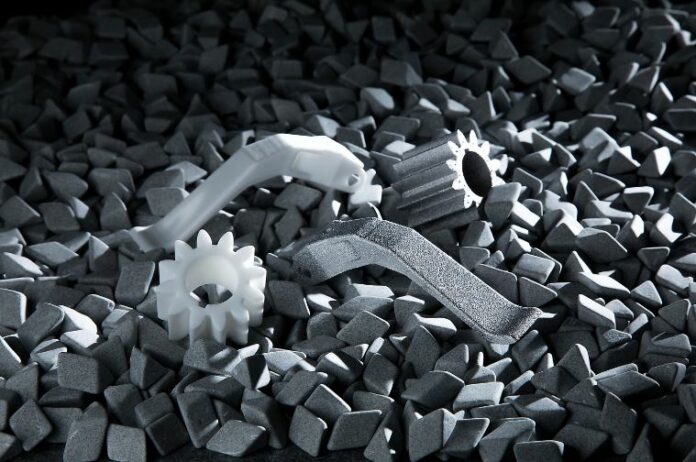
One of the most critical parts of Additive Manufacturing is post-processing which turns raw 3D-printed parts into functional 3D-printed parts. One of the companies that excels in post-processing in AM is the UK company AM Solutions belonging to Rösler Group which has 80 years of experience in surface finishing.
In this article, the Head of Sales of AM Solutions UK, Colin Spellacy explains the utility of its highly efficient post-processing solutions like mass finishing and shot blasting.
Post-processing in AM is essential to remove the support materials from 3D-printed parts and enhance their surface quality. Most raw 3D printed parts have surface imperfections, insufficient mechanical properties and support structures. With post-processing techniques, the mechanical properties of the 3D printed parts are enhanced, giving them the required strength for applications in a wide range of industries like construction, aerospace, healthcare, art etc.
Also, many AM parts are fine-tuned and customized to meet industry-specific standards and cater to their needs by means of post-processing in AM. This includes making medical implants more biocompatible or improving the aerodynamics of aerospace products. Because of the adaptability and versatility of AM technology, it serves as a viable production method for end-use parts in many industries.
3D printed metal or plastic parts which haven’t undergone post-processing in AM often appear as rough with layered texture, looking like closely spaced lines. Layer-by-layer deposition of materials results in these unaesthetic 3D printed parts which can be made functional with surface finishing. These raw 3D printed parts often lack durability and have structural inconsistencies along with dimensional inaccuracies, making them unfit to assemble and use in fields in aerospace or medical devices. Thus high-quality post-processing in AM is necessary to refine AM parts for practical use.
The correct stage of post-processing in AM
Post-processing in AM can be done in various stages of the 3D printed parts product development cycle including the designing and the prototyping stage.
In the designing stage, it ensures perfect surface texture quality right from the start, making the design align with the function and aesthetic goal of the end product. During the prototyping stage post-processing helps engineers and designers to reduce the visible lines and rough surfaces in the product. In the final step, a standardized and suitable post-processing procedure like heat treatment or surface treatment is needed to make the AM parts fulfil the specifications set by the industry.
Choosing the right post-processing solution
The most vital step in post-processing in AM is the choice of the correct post-processing technology that caters to the strengths of the end product. Every post-processing technology has its strengths and limitations. The most common ones are heat treatments grinding, chemical smoothing, sanding etc but for superior quality, people use mass finishing and shot blasting techniques.
In mass finishing, rotating barrels with abrasive media is gently and uniformly used to remove lines and burrs in 3D-printed parts while in shot blasting, high-velocity particles are used as impact objects in the surface of the AM parts to remove any surface impurities. These two highly efficient methods are often utilized for cost-effective batch-processing of 3D-printed parts for large-scale production.
Design considerations for mass finishing and shot blasting
Before using these highly efficient post-processing solutions certain criteria need to be fulfilled at the design stage of Additive Manufacturing. The geometry and orientation of the 3D printed parts should be considered here as hard-to-reach corners need support structures or specialized finishing techniques in order to make them accessible for mass finishing media and shot blasting particles.
Other than that, the 3D printing material should align with the post-processing method as some materials work better with mass finishing and shot blasting techniques, making the end products more efficient and functional. Lastly, make sure that the post-processing outcome is aligned with the technique as certain surface finishes work better with certain designs. Identifying smooth, polished or textured surfaces and the adequate design to optimize is the key here.
AM solutions underlined the significance of post-processing in AM and how it’s not a supplementary step to improve the production of 3D-printed parts. The success and failure of the 3D printing process depends on it. Earlier post-processing was known as the “hidden secret problem” in AM but now there are highly accurate post-processing solutions to counter that.
Remember, you can post job opportunities in the AM Industry on 3D ADEPT Media free of charge or look for a job via our job board. Make sure to follow us on our social networks and subscribe to our weekly newsletter: Facebook, Twitter, LinkedIn & Instagram! If you want to be featured in the next issue of our digital magazine or if you hear a story that needs to be heard, make sure to send it to contact@3dadept.com

